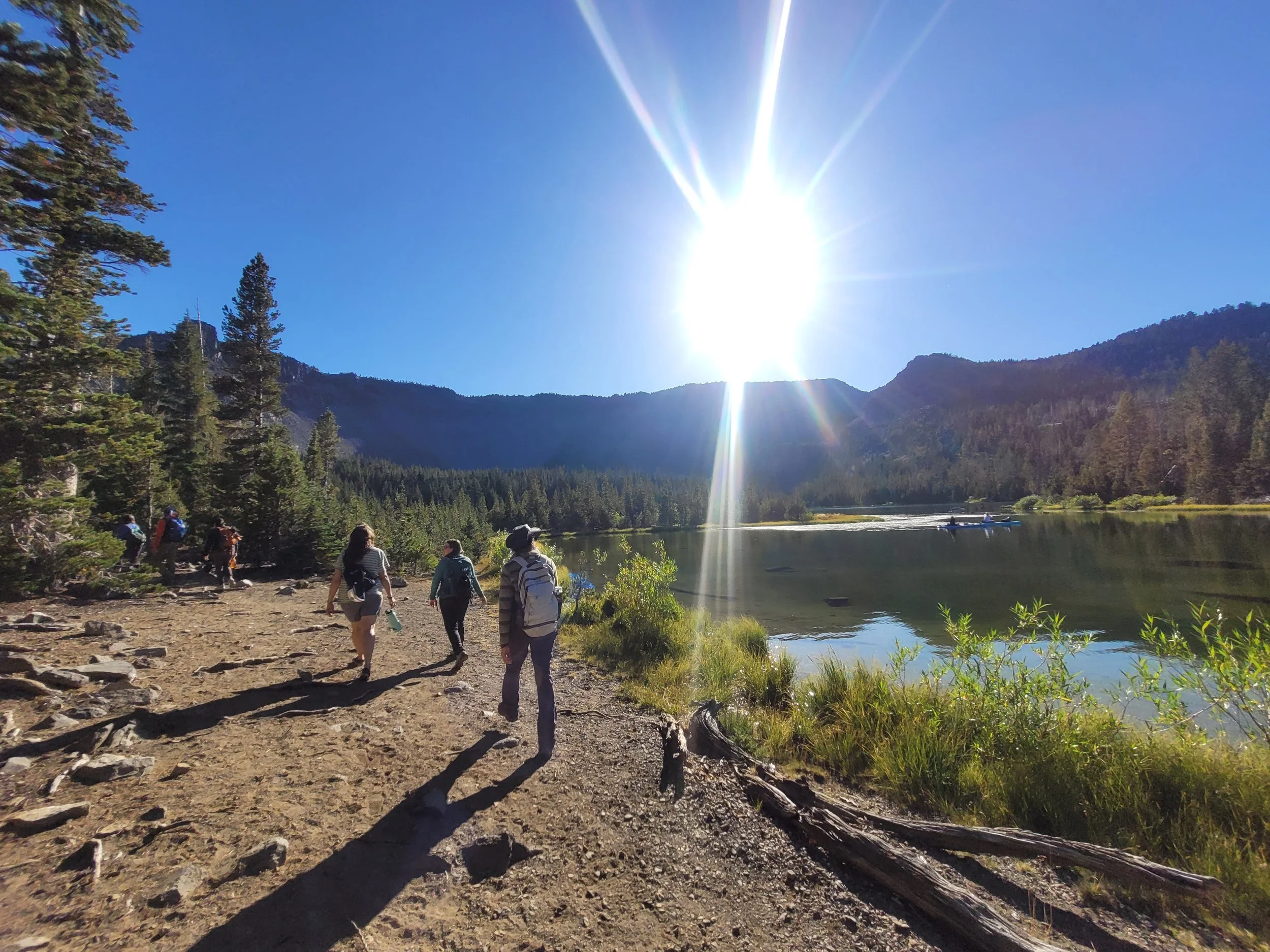Why Walking is Good for Us
Why Walking is Good for Us – A Wild Heart Therapy October Reflection
The Beauty of Fall Movement
As the days grow shorter and the mornings carry that crisp bite of fall, there’s a natural slowing down that happens in our bodies and routines. After the high-energy pace of summer, with long days, packed schedules, and constant movement, October invites us into something different. Movement doesn’t have to stop; it simply shifts. This is a season of gentler rhythms, and walking becomes one of the most grounding forms of self-care and emotional regulation—especially here in Bend, Oregon, where the trails are lined with golden aspens and the air feels fresh and alive. For many, these mindful walks echo the essence of somatic therapy and mindfulness-based counseling, helping the body and mind reconnect in a calm, natural way.
The Benefits of Walking
Walking is one of those simple yet powerful practices that’s easy to underestimate. It doesn’t require fancy gear or a lot of planning—just a willingness to step outside and move. Each walk supports both mental and physical health, helping regulate the nervous system, lower stress hormones like cortisol, and restore the brain’s natural rhythm of rest and balance.
From a neuroscience and somatic therapy perspective, the rhythmic left-right motion of walking helps integrate the brain’s hemispheres and supports emotional regulation, which is why ideas often flow more freely or worries feel smaller after a walk. The body moves, the breath deepens, and the brain synchronizes into a calmer, more connected state.
You don’t need to count steps or chase mileage. Even a short, mindful walk—hearing leaves crunch underfoot or noticing the scent of rain in the air—can be deeply nourishing. Whether it’s a slow stroll through your neighborhood or a quiet moment on a Bend, Oregon trail, walking invites the same kind of awareness and presence found in mindfulness-based counseling and somatic healing.
The Joy of Fall Movement
Fall makes walking especially rewarding—the cooler weather invites ease, and the vibrant colors remind us to slow down and pay attention. Every golden aspen and tree-lined trail becomes an opportunity to reconnect with the present moment and your own body’s rhythm. Here in Bend, Oregon, the shifting season offers a natural backdrop for mindfulness, emotional regulation, and gentle self-care.
This time of year, I often think of walking as a way to stay connected to movement while also honoring the body’s desire to rest. It’s about gentle momentum—continuing forward without rushing. In many ways, this mirrors the goals of somatic and mindfulness-based therapy: learning to notice, to soften, and to move with intention. Just as nature slows into stillness before winter, we too can find balance by following the season’s lead—walking with awareness, presence, and self-compassion.
Why Walk-and-Talk Therapy Works
That same principle of gentle momentum also applies beautifully to therapy. Walk-and-talk therapy allows conversations to unfold in a more natural, comfortable way than they often do indoors. When we’re side by side, moving through nature here in Bend, Oregon, the nervous system naturally begins to regulate, making it easier to open up and process emotions.
The steady rhythm of walking activates the vagus nerve, signaling safety and helping the body shift out of fight-or-flight into calm, grounded awareness. The natural environment adds another layer of healing—the sights, sounds, and textures of nature gently cue the brain toward curiosity, connection, and self-reflection.
Many clients find that walk-and-talk sessions feel more organic and less intimidating than traditional office therapy. The combination of movement, fresh air, and therapeutic conversation supports emotional regulation, reduces anxiety, and promotes overall mental health. It’s a powerful, nature-based approach to therapy—especially during this season of change, when both body and mind crave gentle balance.
An Invitation
As we step into October, I encourage you to make walking part of your weekly rhythm. Let the crisp air and shifting colors remind you that movement doesn’t always have to be fast or intense. It can be gentle, steady, and deeply connected to nature’s pace—a form of mindfulness in motion.
If you’re curious about exploring walk-and-talk therapy in Bend, Oregon, I’d love to share this experience with you. These nature-based sessions blend the healing power of movement, breath, and the outdoors with the depth of traditional talk therapy. It’s a powerful approach rooted in somatic awareness, neuroscience, and emotional regulation—designed to help you feel grounded, clear, and connected.
If this speaks to you, reach out. 🌿 Let’s walk together toward balance, healing, and well-being.





